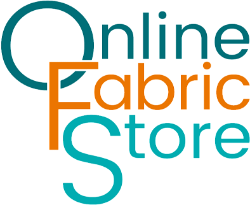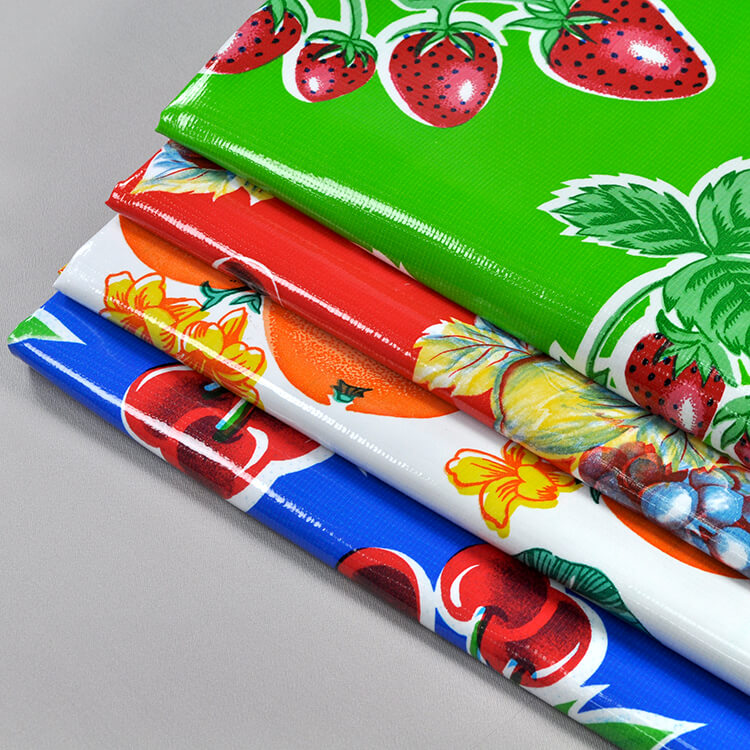What Is Oilcloth Used For?
Oilcloths’ primary application as tablecloths for kitchen, cafe, picnic, and patio tables is just the beginning. Its presence extends to kitchens and dining areas, adorning dining chairs, stools, placemats, drawer liners, shelf linings, basket covers, and aprons. Beyond the table setting, the oilcloth finds its way into a variety of bags, including totes, lunch bags, toiletry and makeup pouches, and market bags. Ideal for themed parties, camping, and an array of crafts, the oilcloth ensures style and functionality converge seamlessly.
Choosing the Right Oilcloth
Oilcloth designs are often classic or retro with a nostalgic feel. There are plenty of novelty prints, with fruit being a popular theme. Patterns include florals, checks, dots, stripes, or get it in a solid color. The colors tend to be bright and cheerful, but there are some more subdued options too.
Measuring at 47.5″ wide, most oilcloth options we offer consist of vinyl with a cotton mesh backing. While sharing some features with laminated cotton and wax-finished cloth, oilcloth retains its distinctive allure.
Working with Oilcloth Fabric
Oilcloth’s slick surface can easily be wiped clean. Use a warm, soapy sponge and dry with a cloth. Machine washing or drying is not recommended. The colors will fade in direct sunlight, so if you’re using it outdoors, we suggest moving it indoors or to a shaded area when not in use.
Oilcloth is easy to cut with scissors, and it doesn’t fray at all. Pinning is not recommended because pins will leave small holes in the oilcloth. Only pin in seam allowances, or use clips to hold the fabric in place instead.
White oilcloth isn’t hard to sew, but its slick surface can cause the fabric to slip or creep when sewing. Use a teflon or roller presser foot it you have one.
Do not iron oilcloth. You can finger-press it by creasing and applying pressure with your hands. Or flatten it by leaving it under a pile of books overnight to make it hold the creases.
Oilcloth Fabric Product Spotlight Video
Your Oilcloth Projects
Take a look at how our customers are using oilcloth fabric in their various projects!
Find the Perfect Oilcloth Fabric for Your Project
The enduring appeal of oilcloth lies in its durability, style, and versatility. From lively table settings to practical bags and crafts, oilcloth fabric makes a remarkable statement in diverse projects. Embrace the nostalgic allure and practicality of the oilcloth, elevating your creations with its timeless charm. Shop our diverse selection of oilcloth fabrics and embark on a creative journey that celebrates both fashion and functionality.

